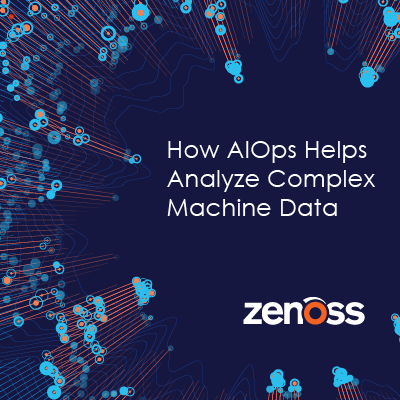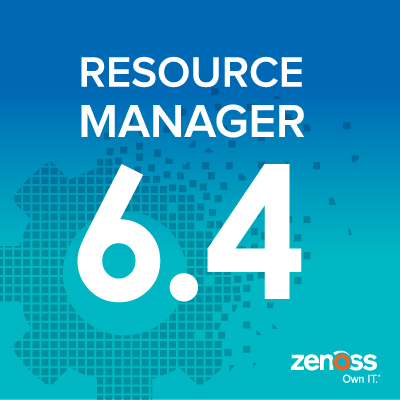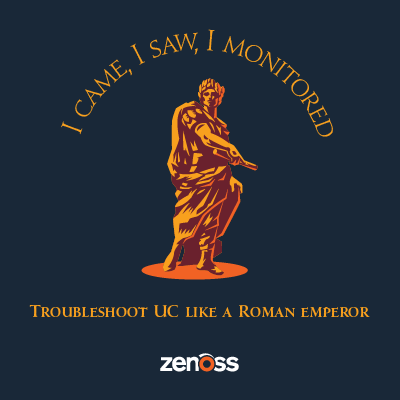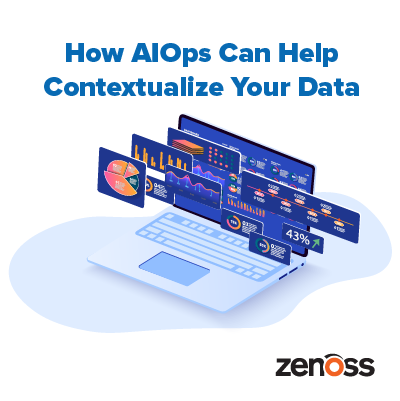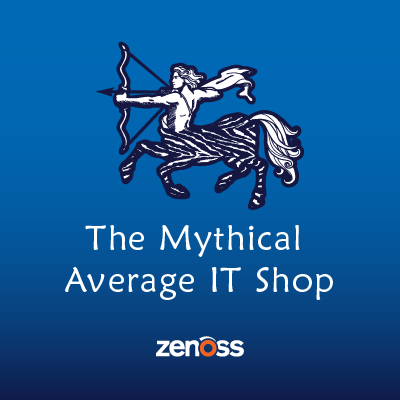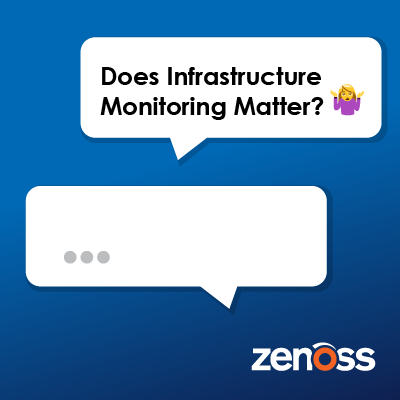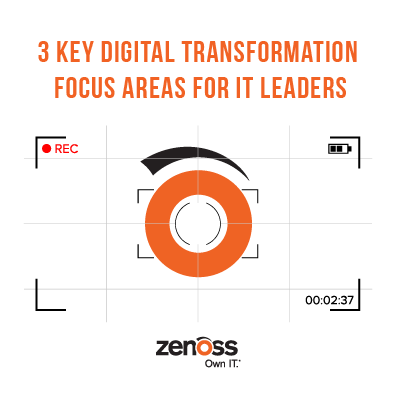How AIOps Helps Analyze Complex Machine Data
In our previous blog post, we discussed how AIOps tools can help analyze unstructured data to identify higher-level correlations that traditional IT monitoring tools wouldn’t be capable of. IT Ops teams are constantly bombarded with complex machine data, and to better monitor and troubleshoot IT environments, you must analyze and gain an accurate understanding of this data to evaluate how your systems are performing and proactively resolve any issues that may occur.


